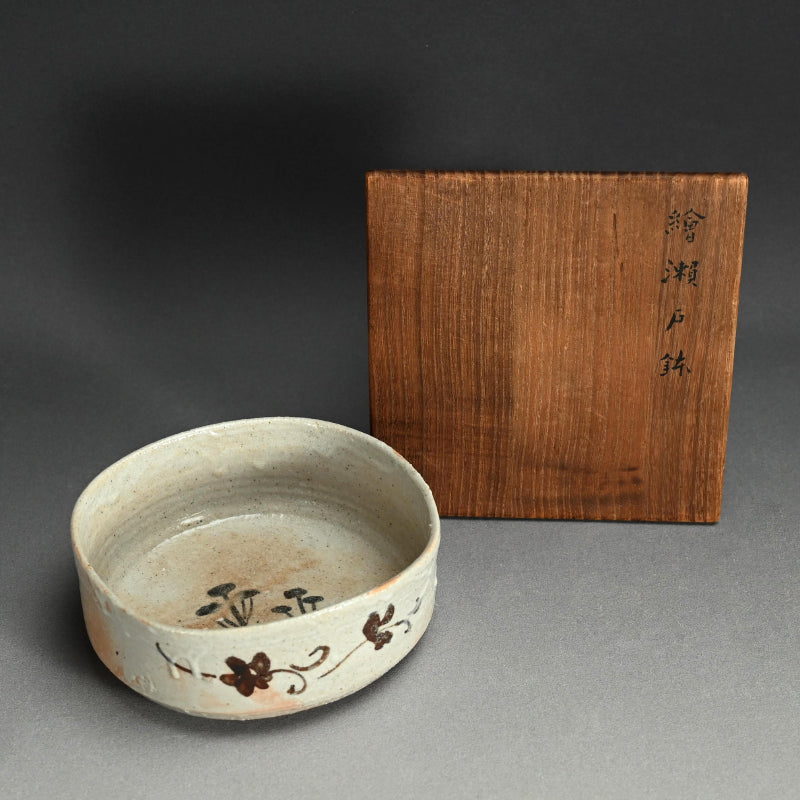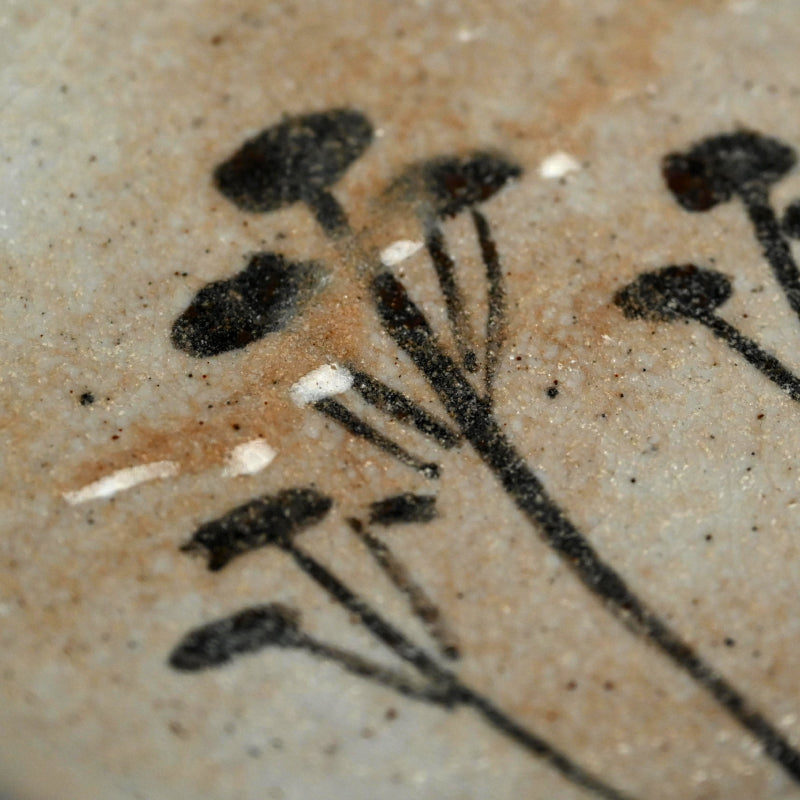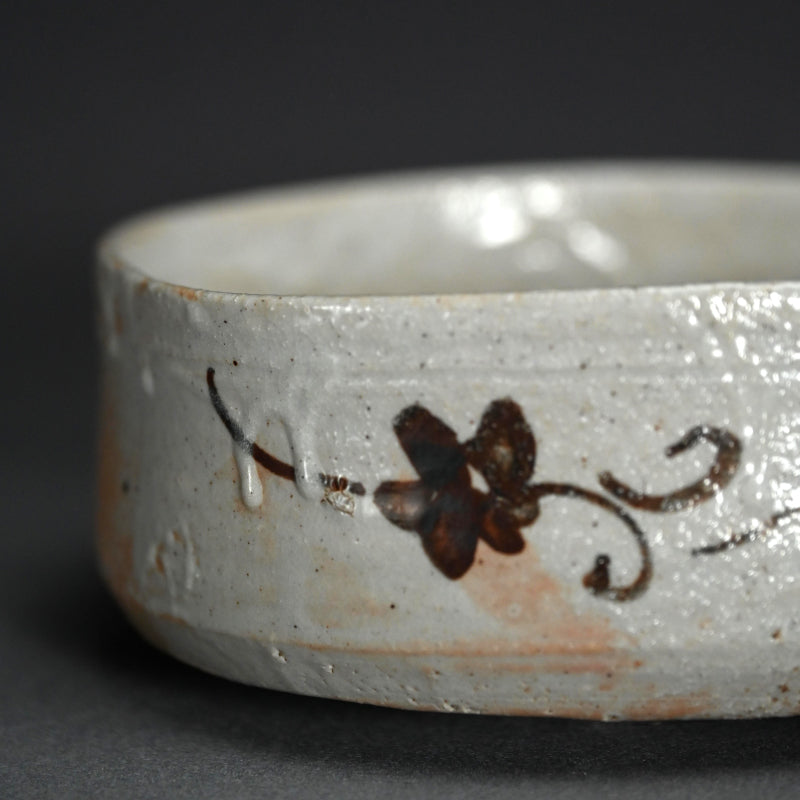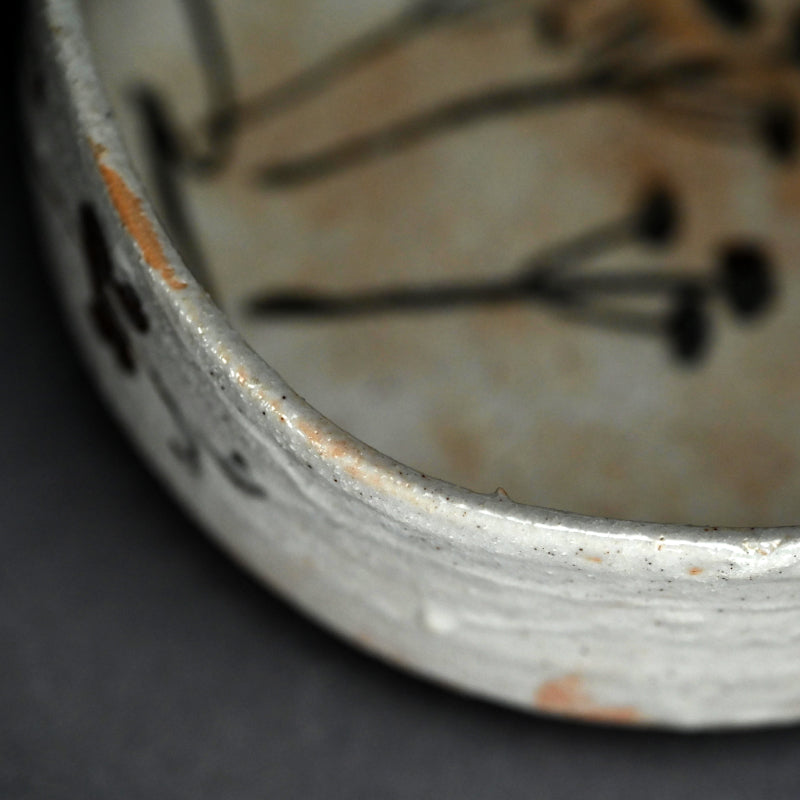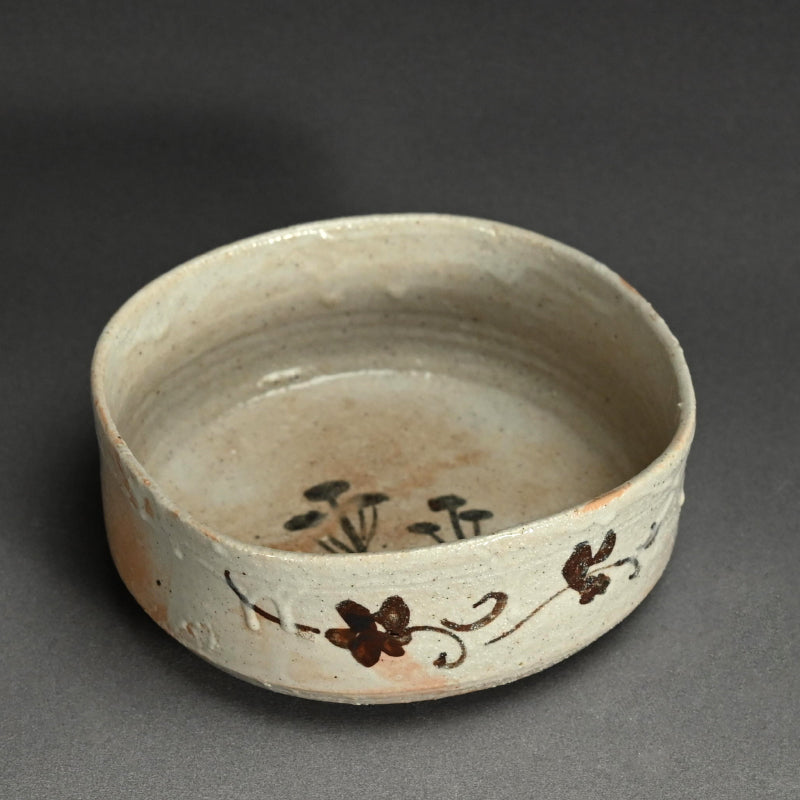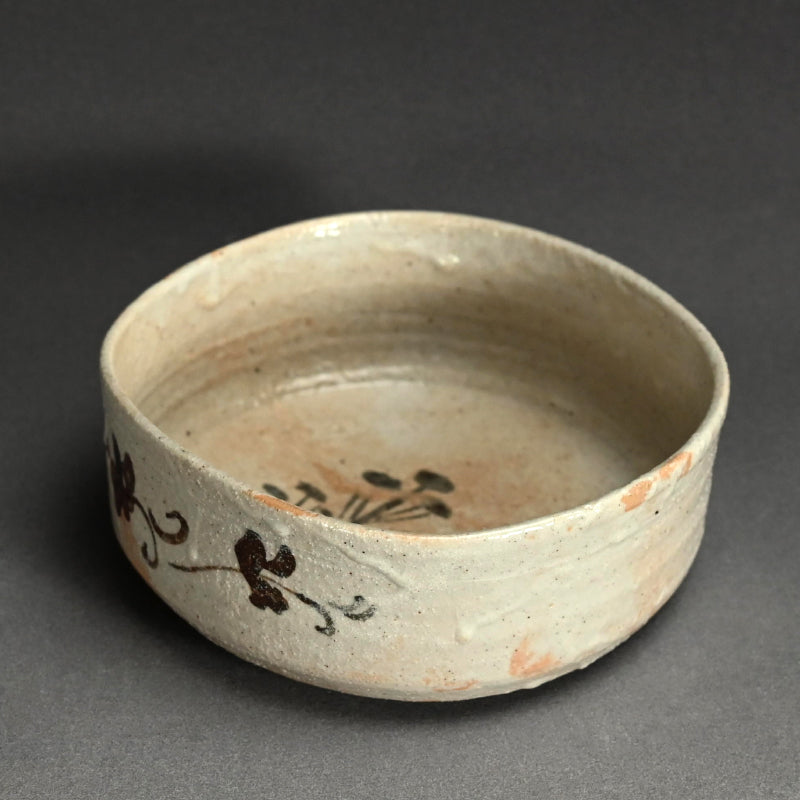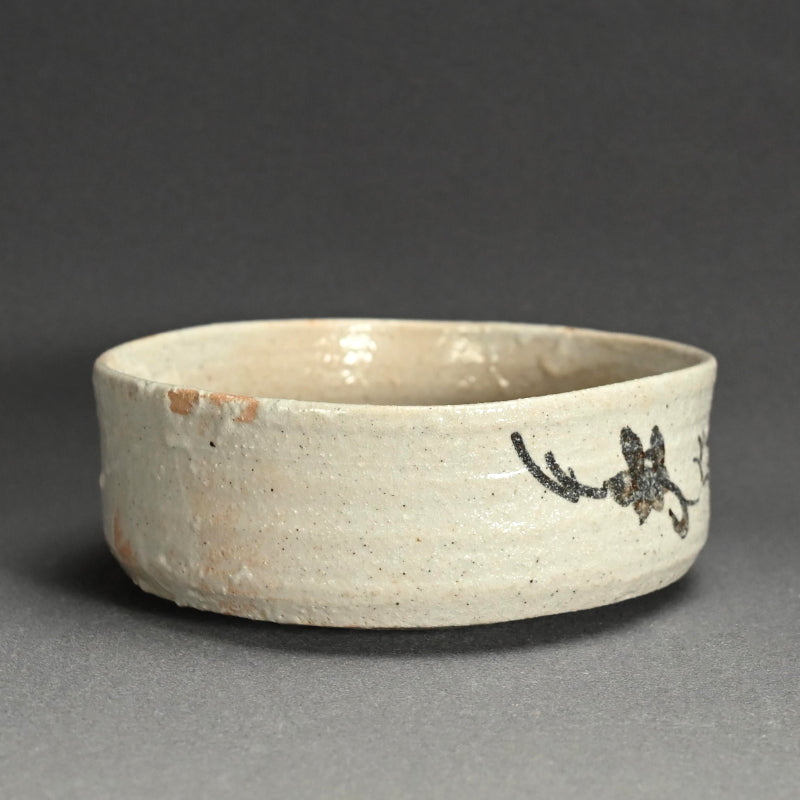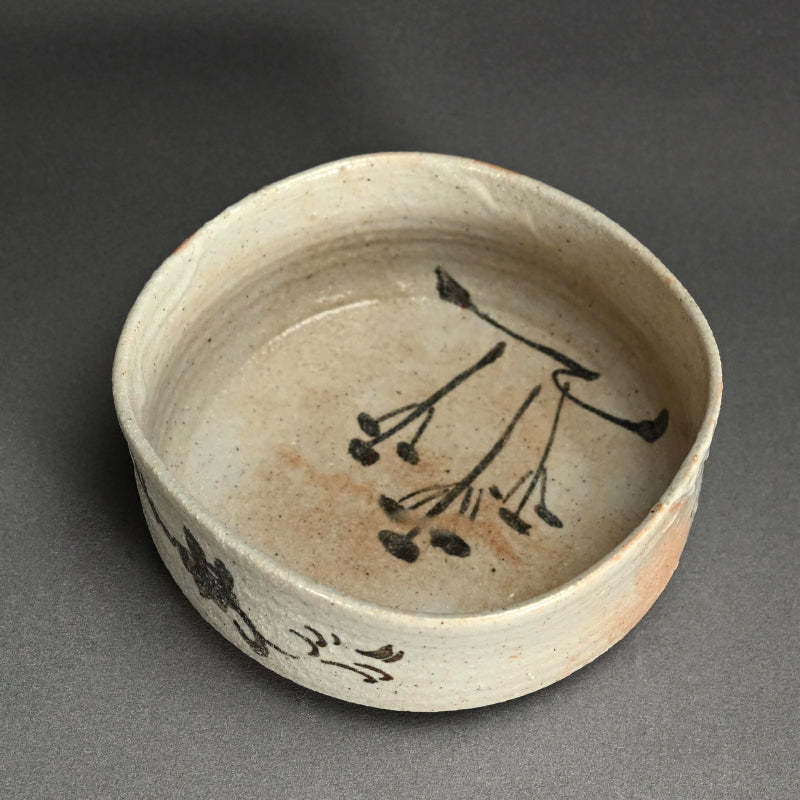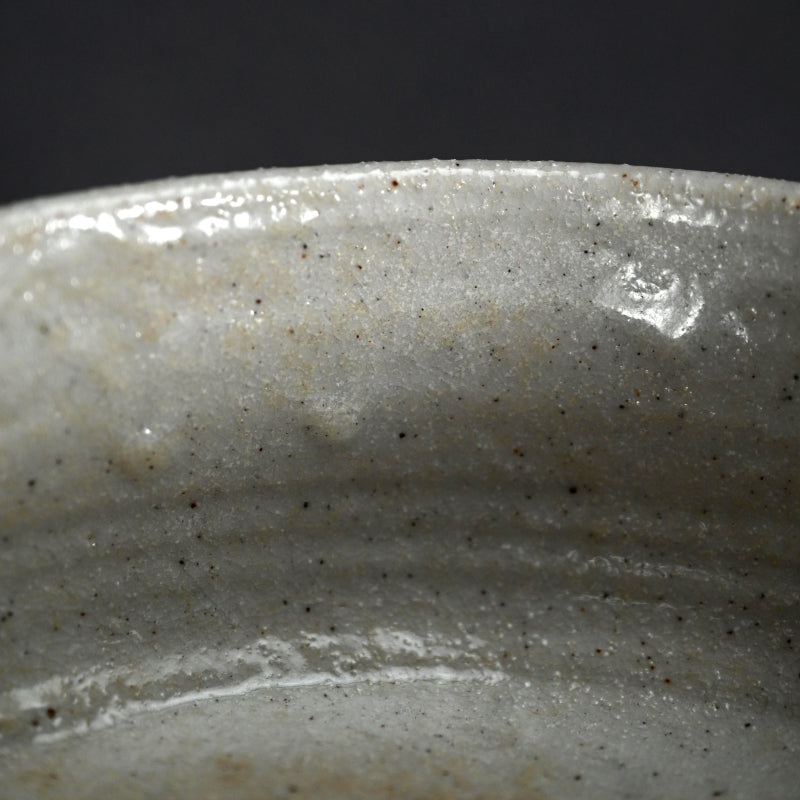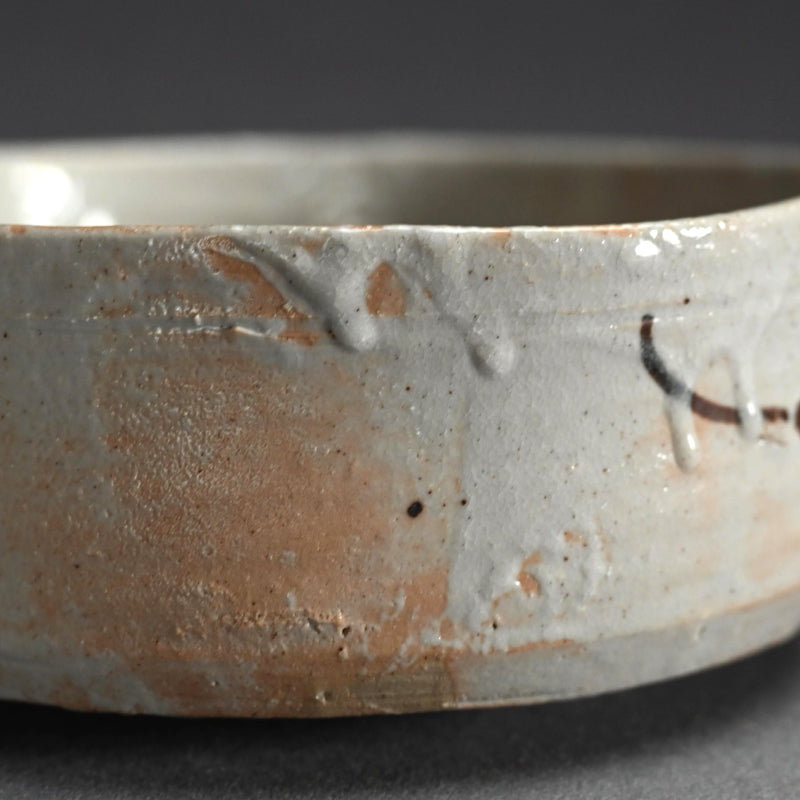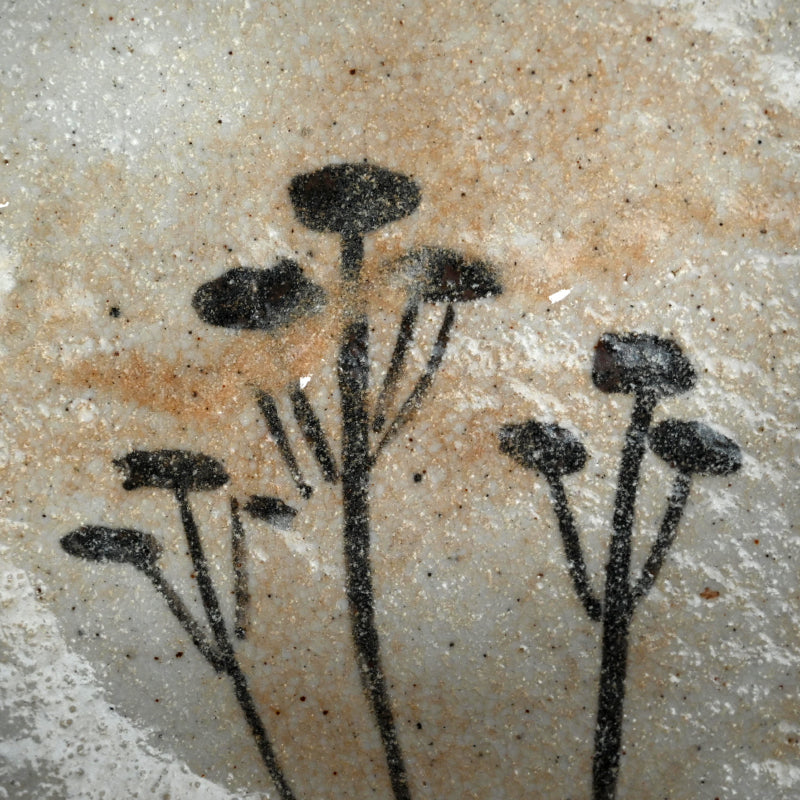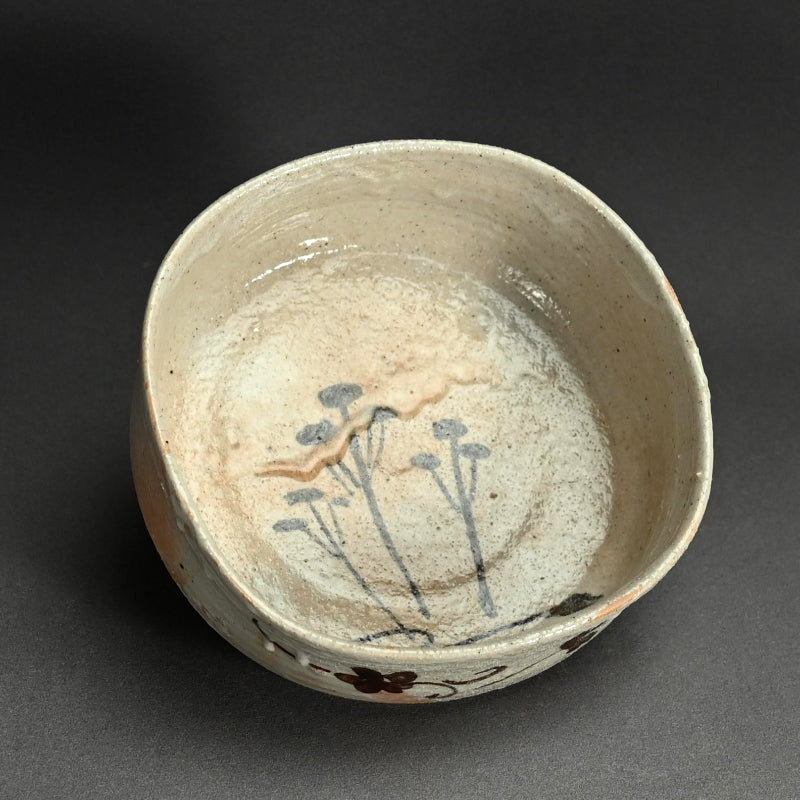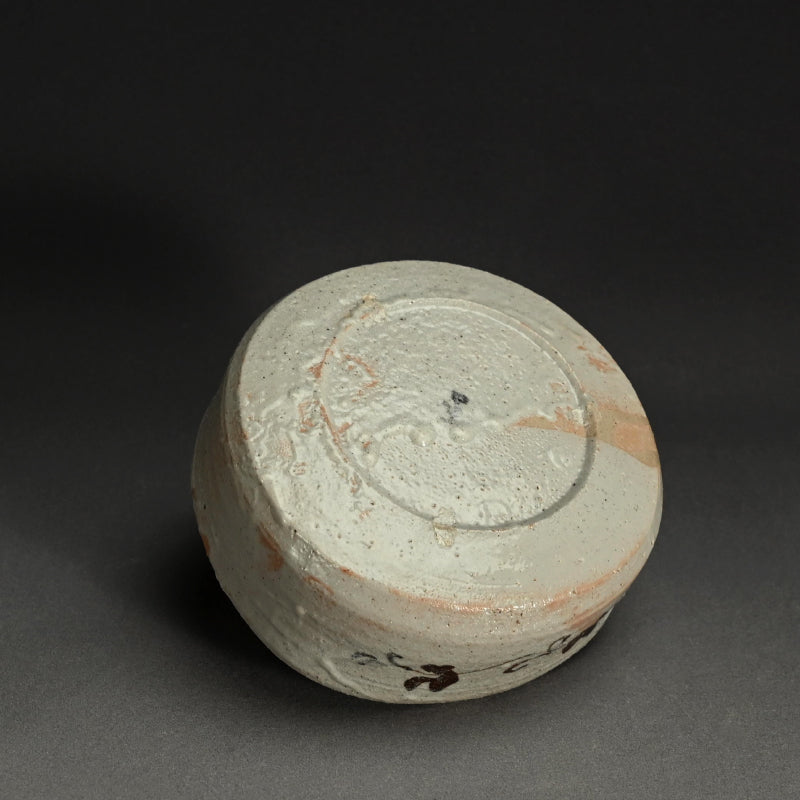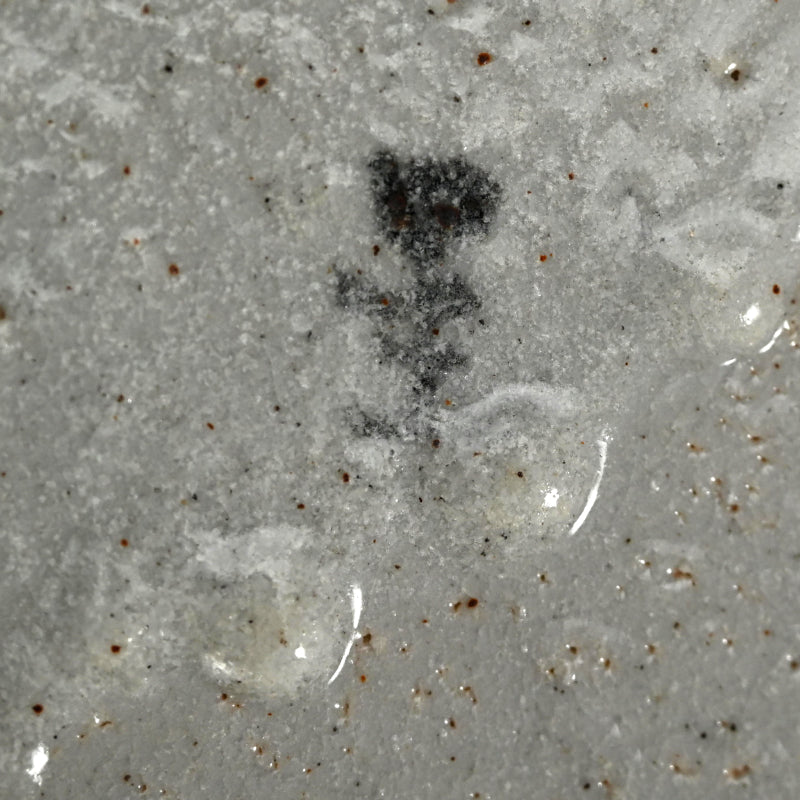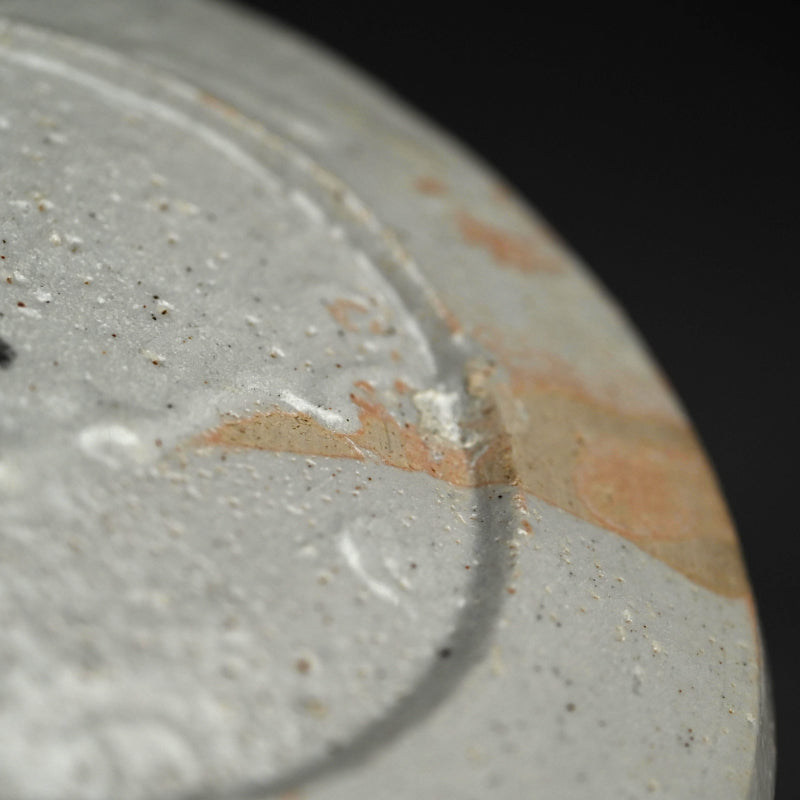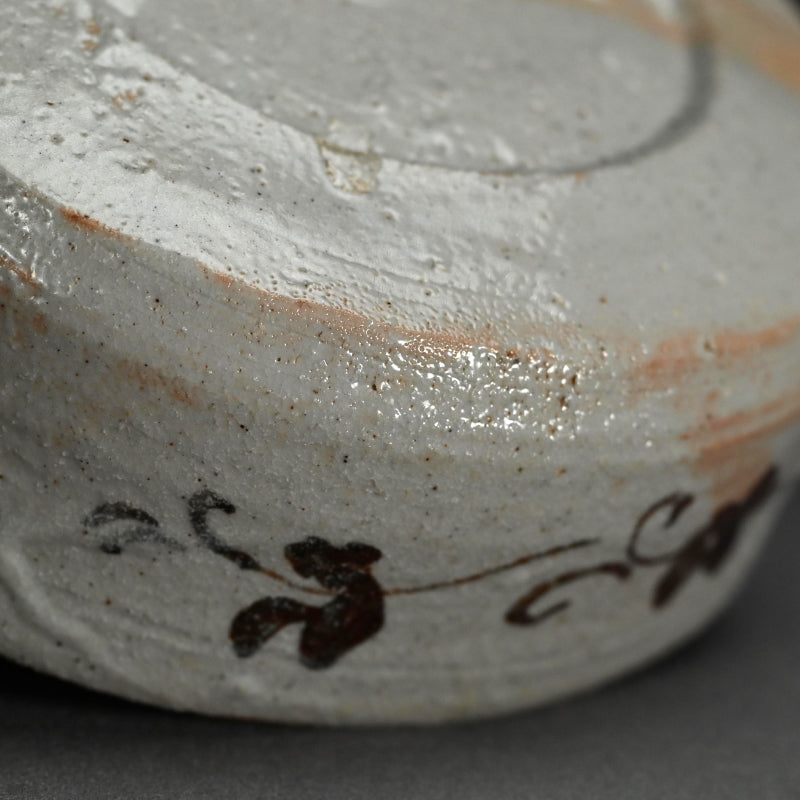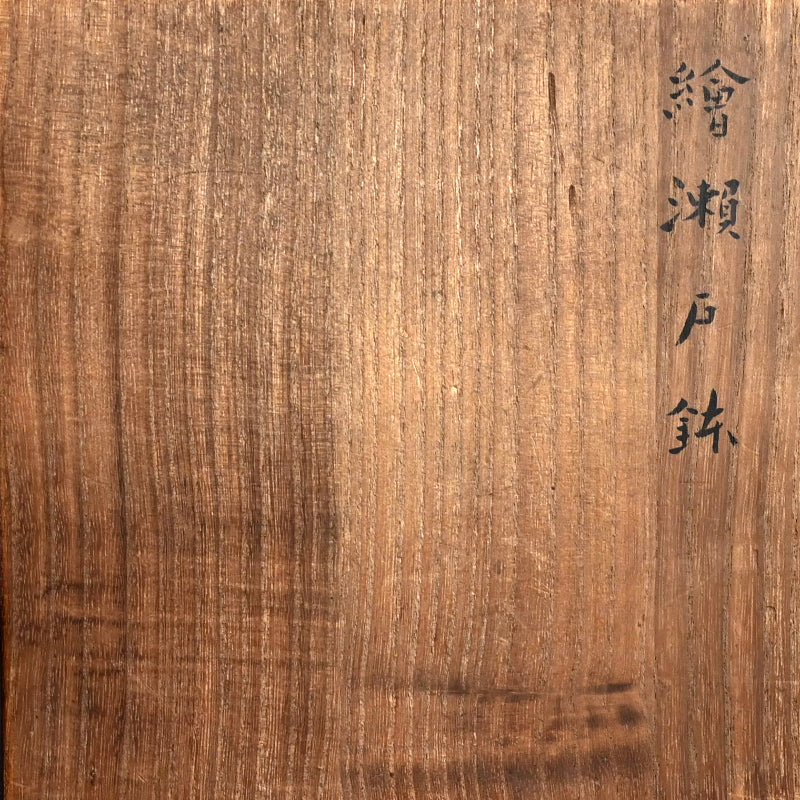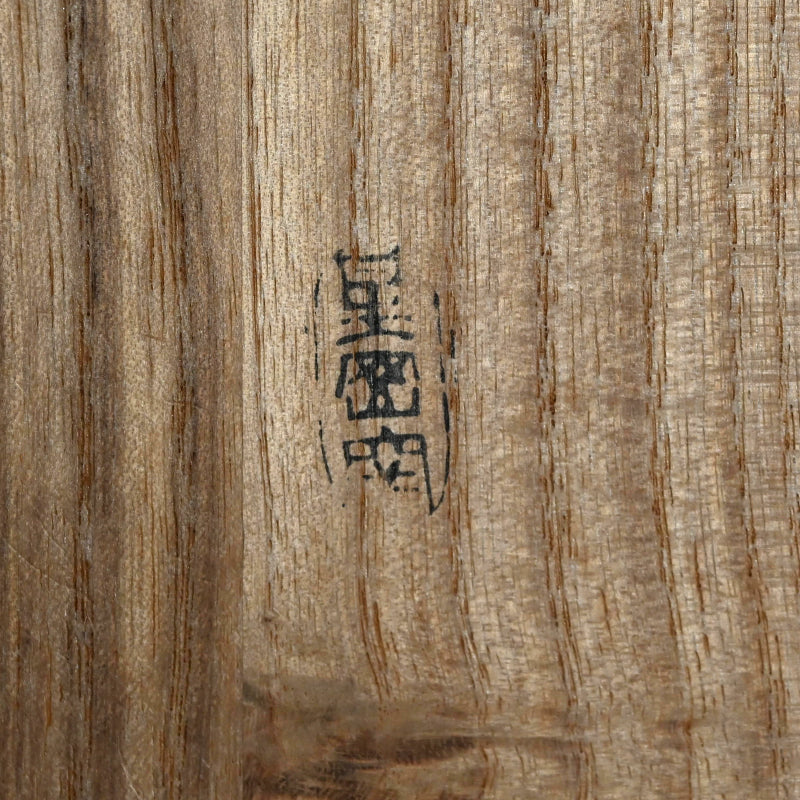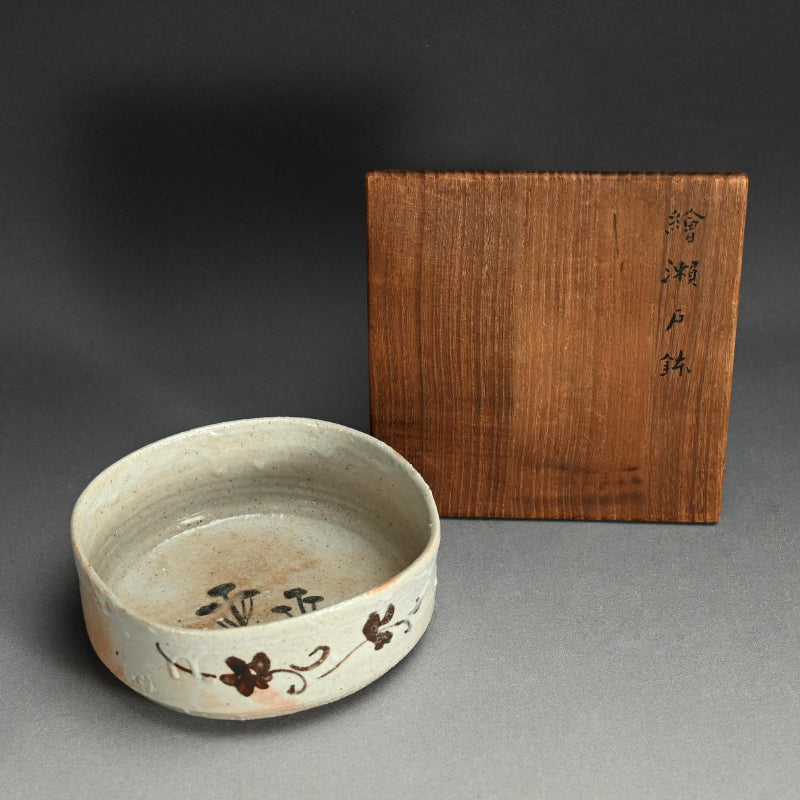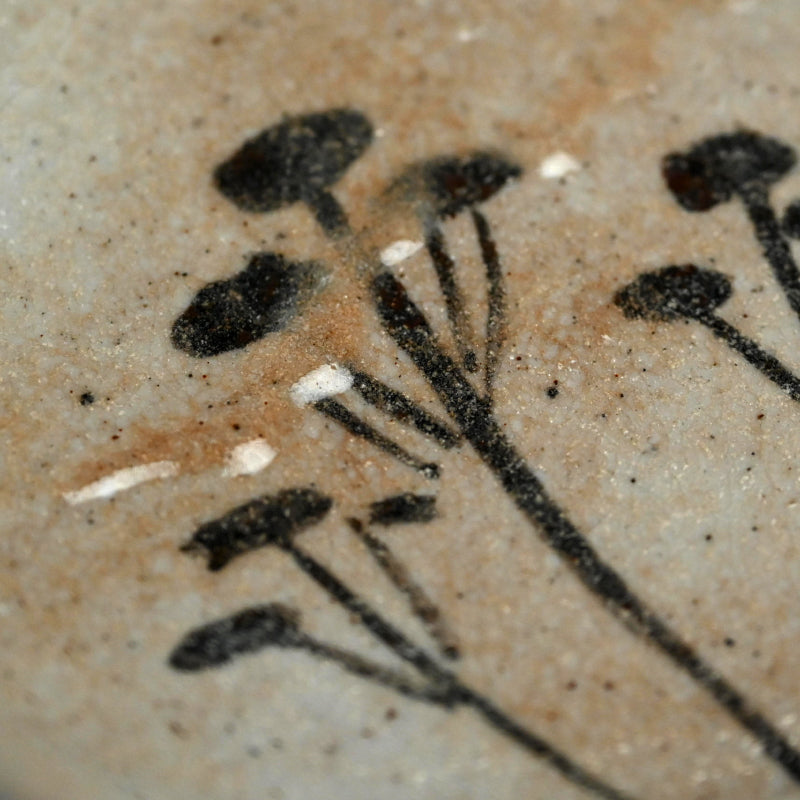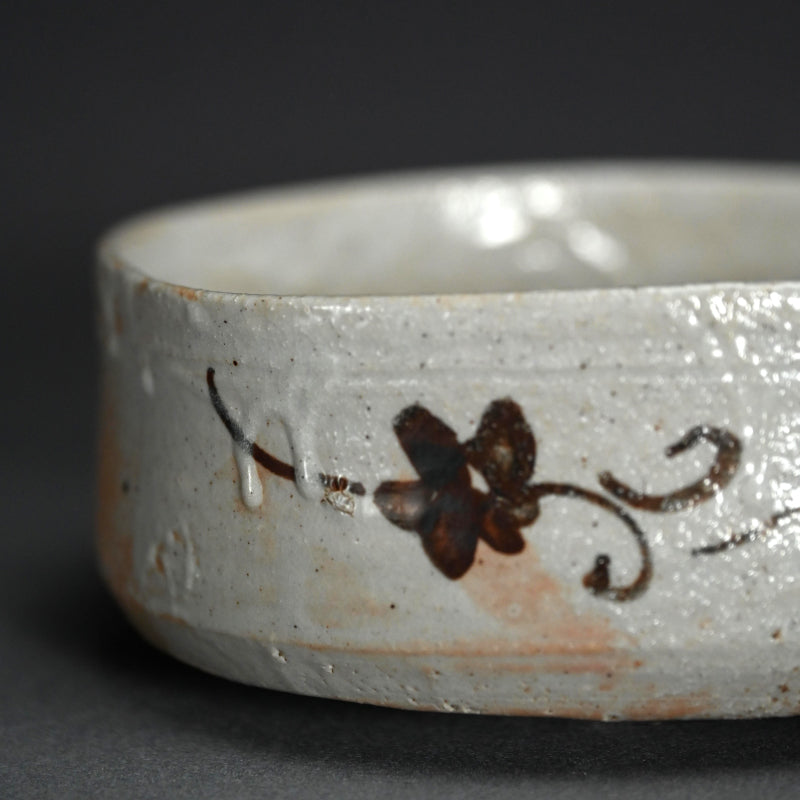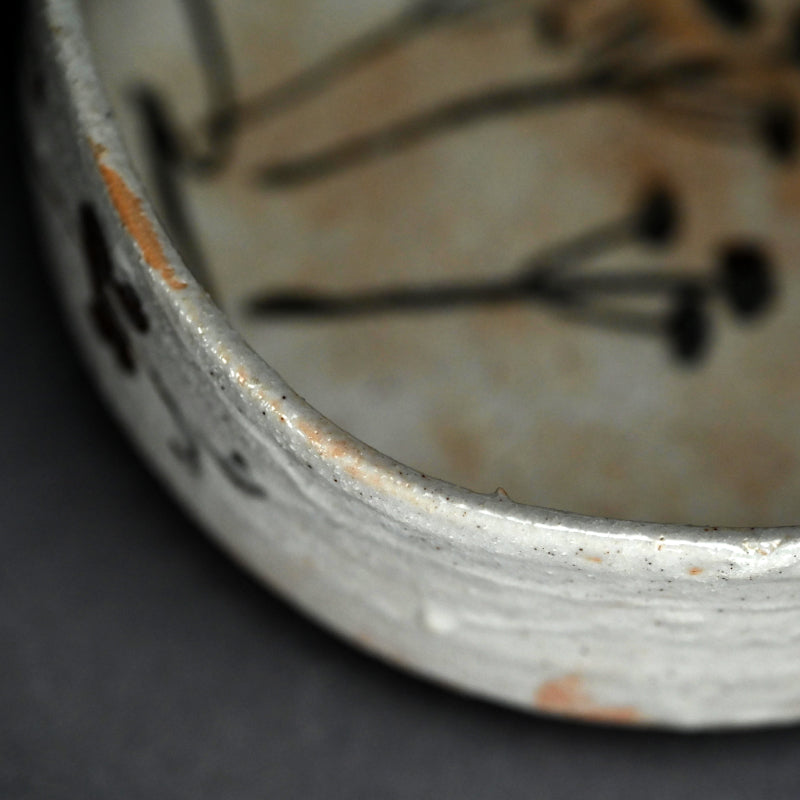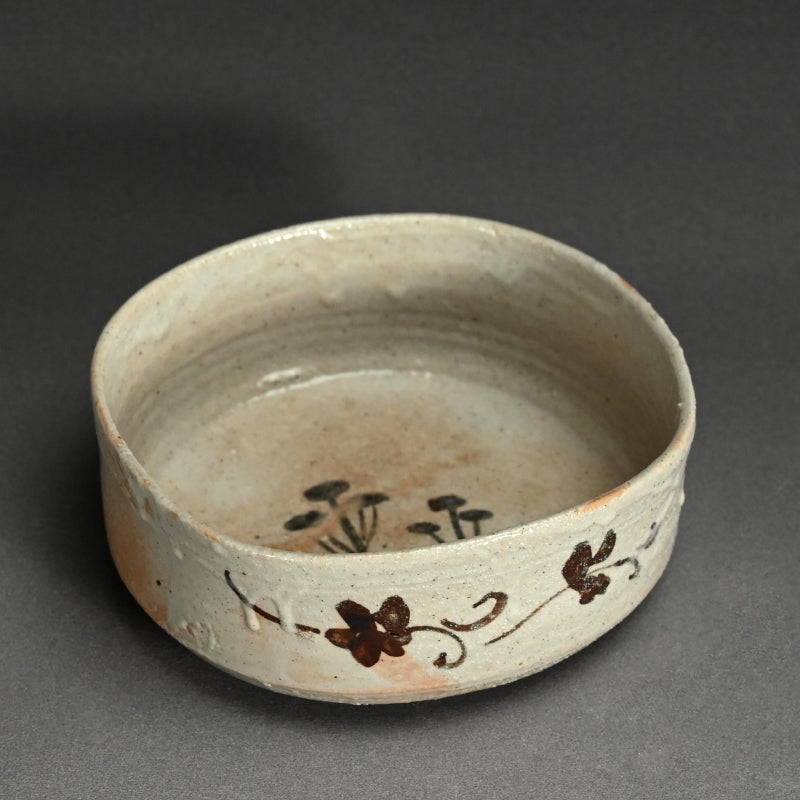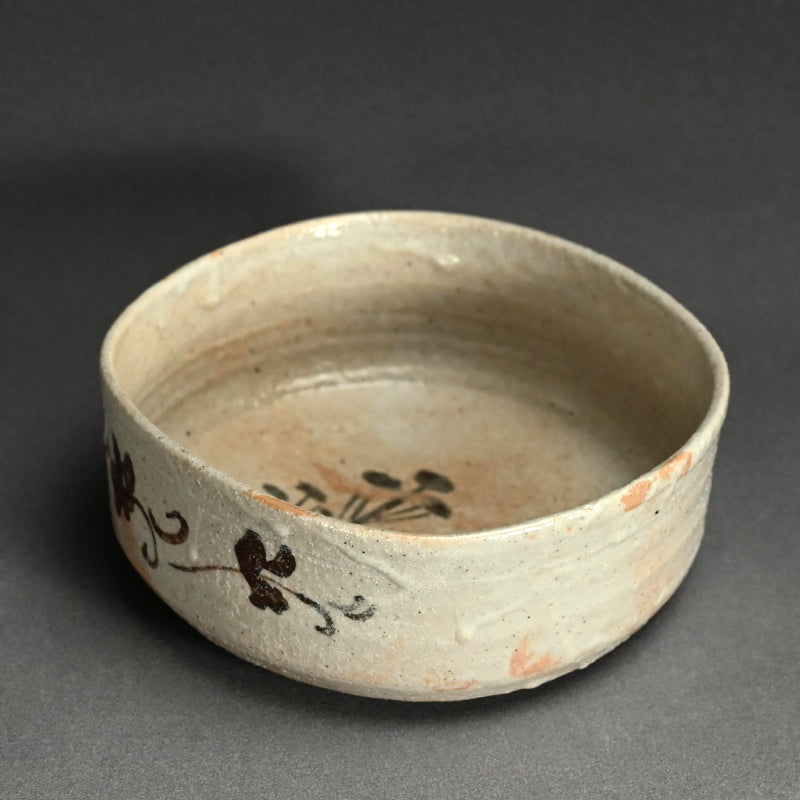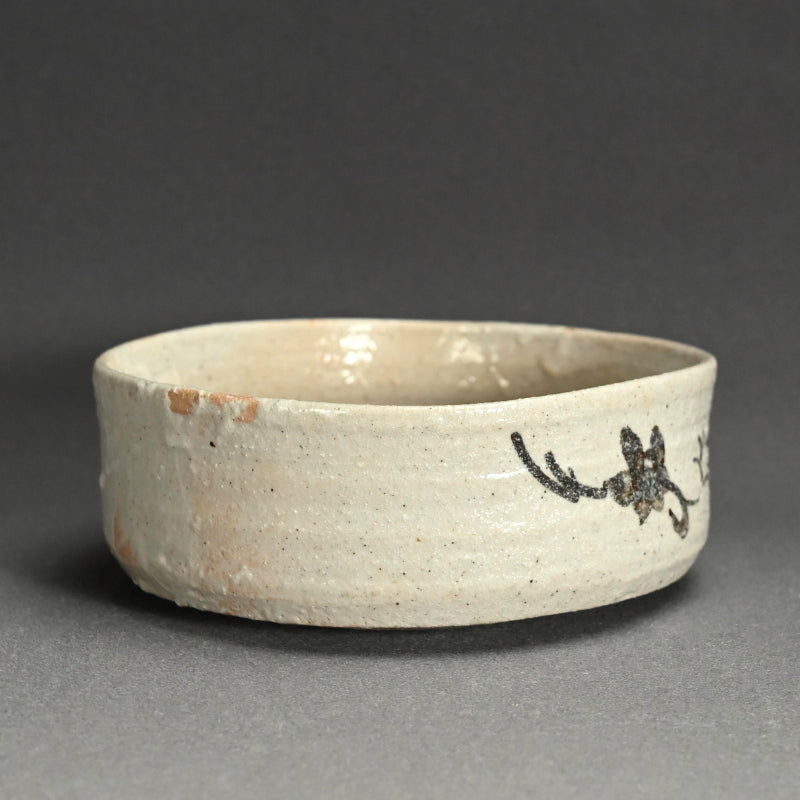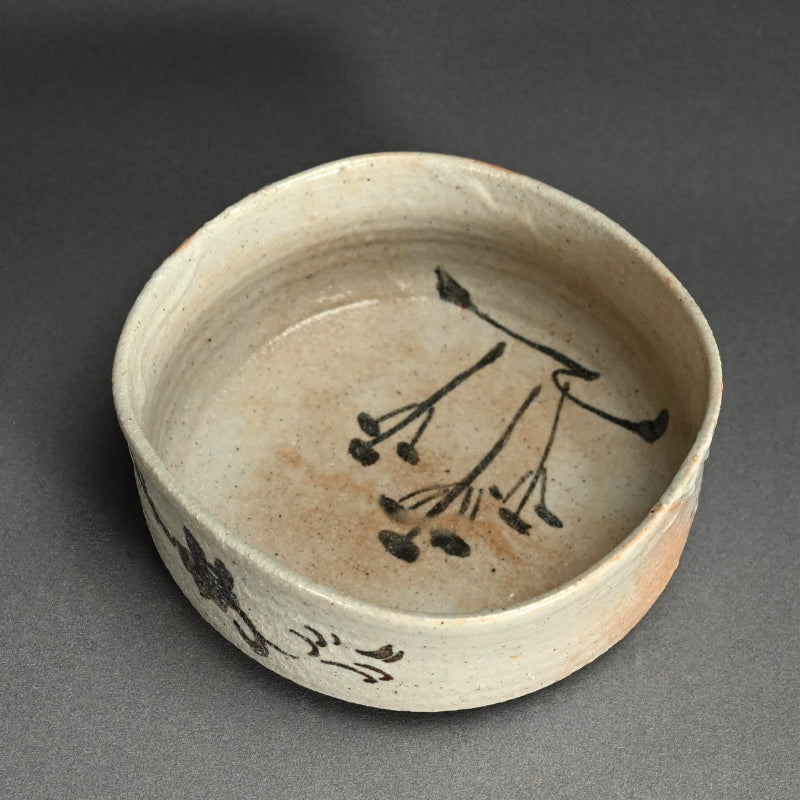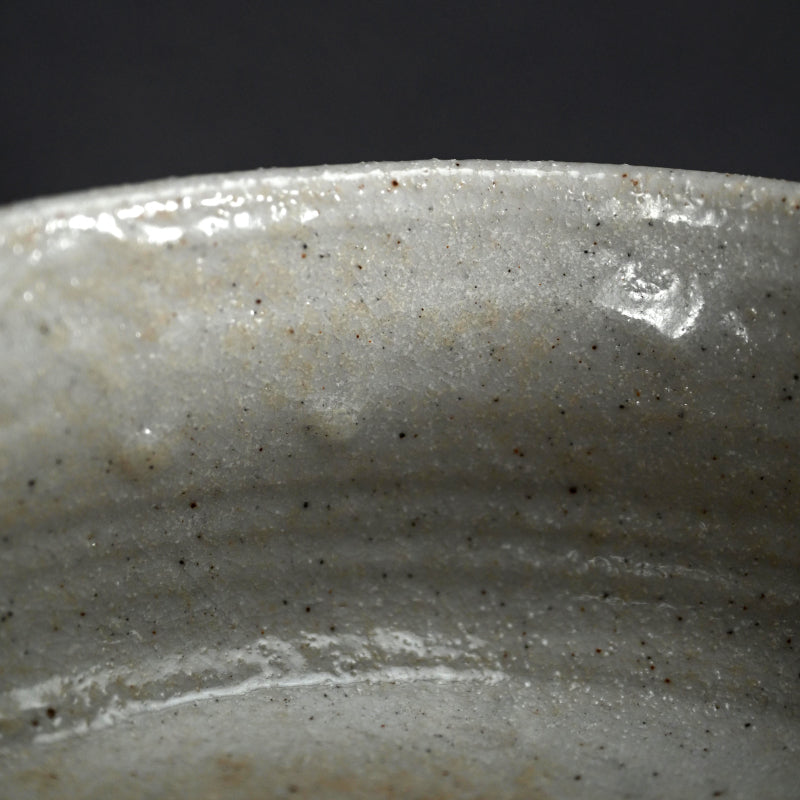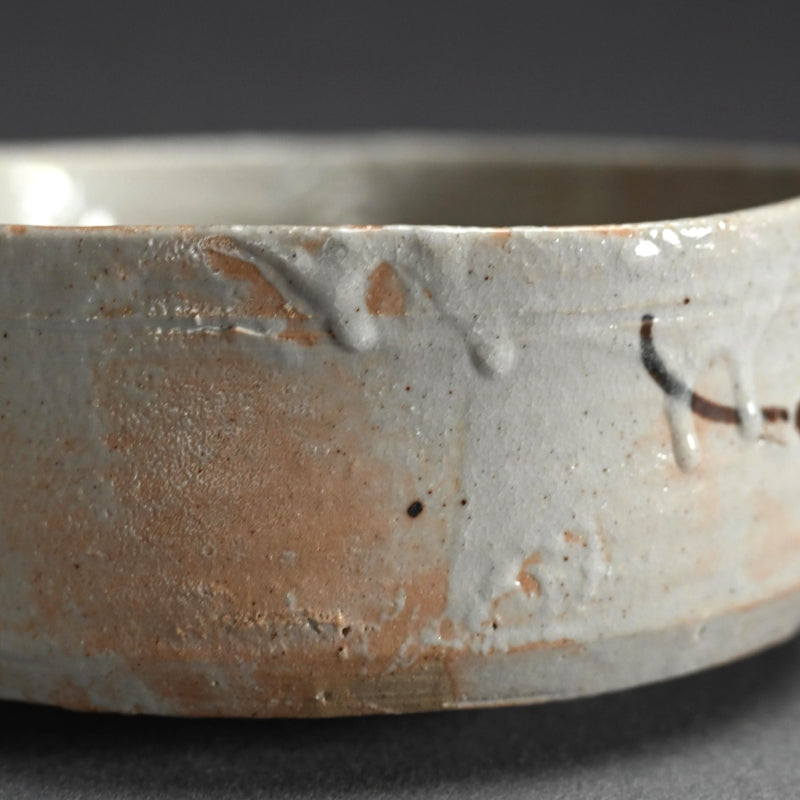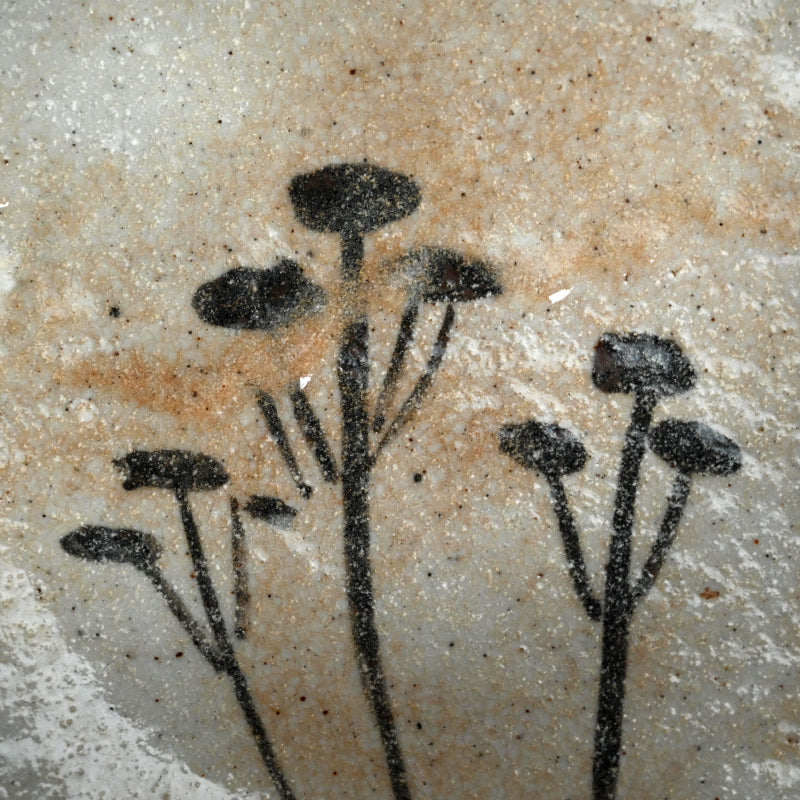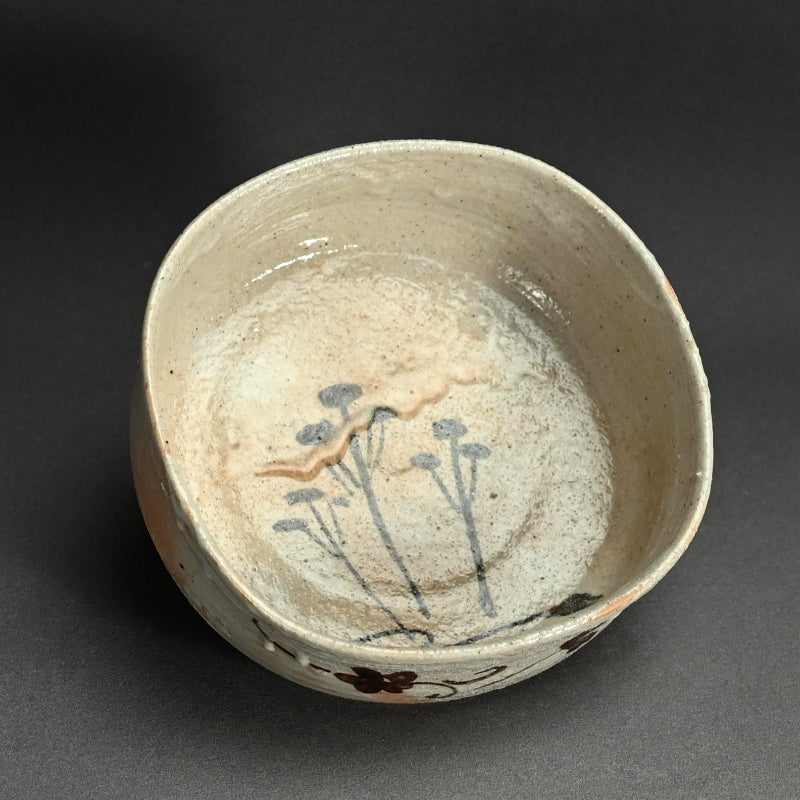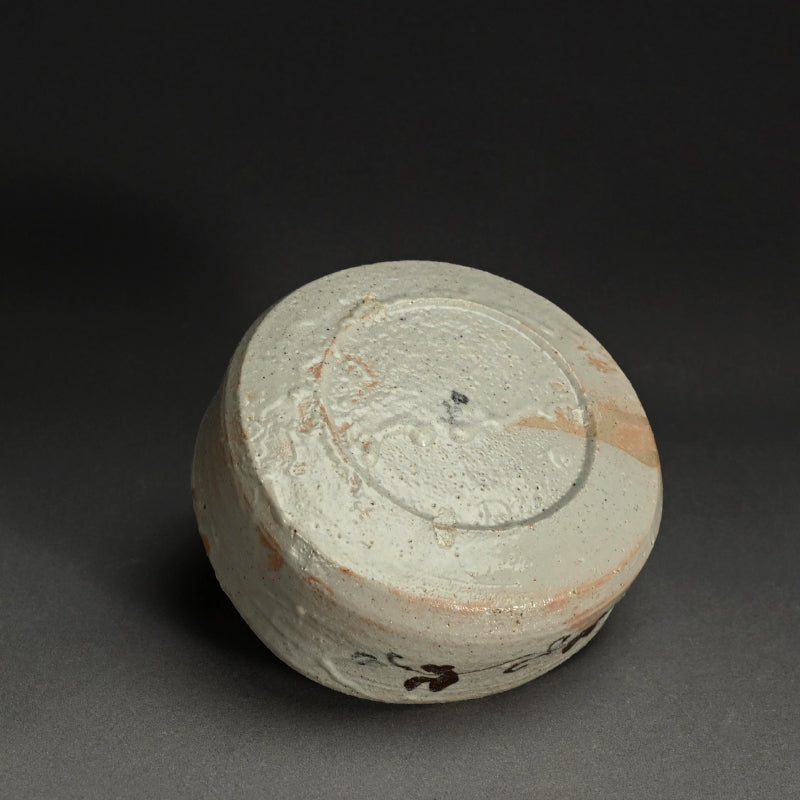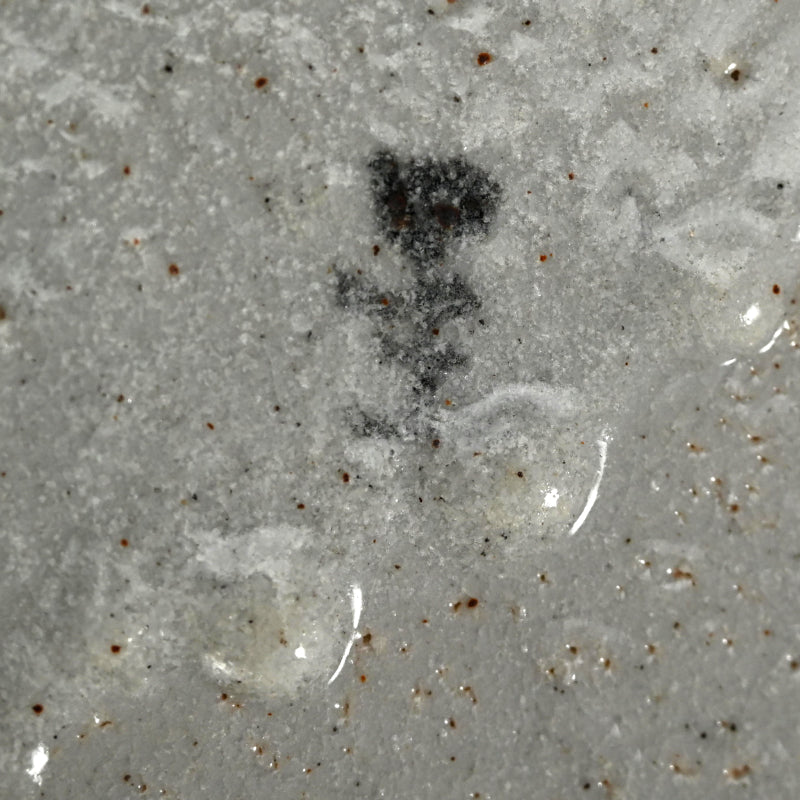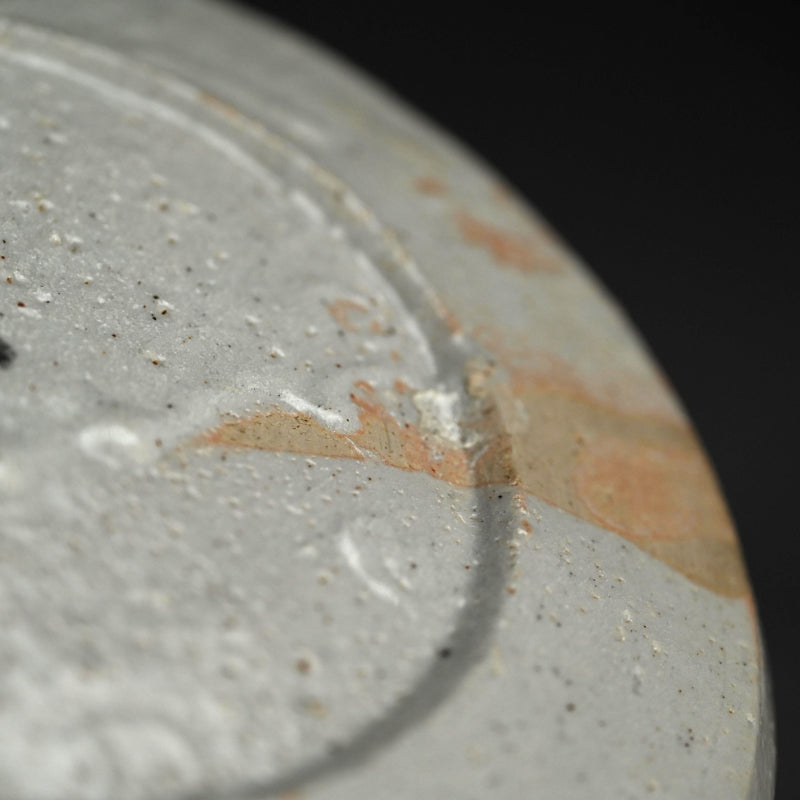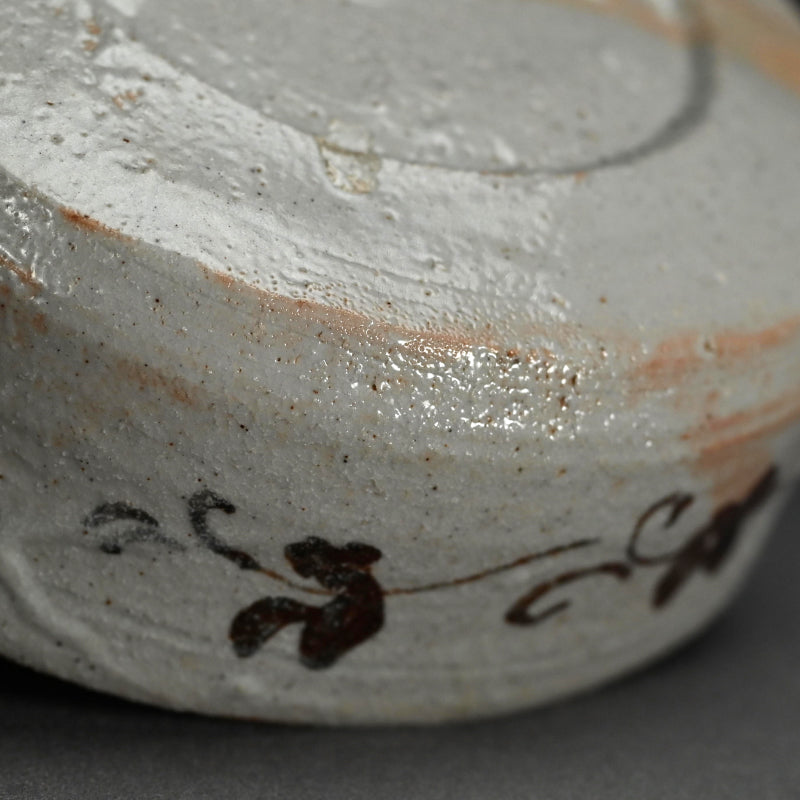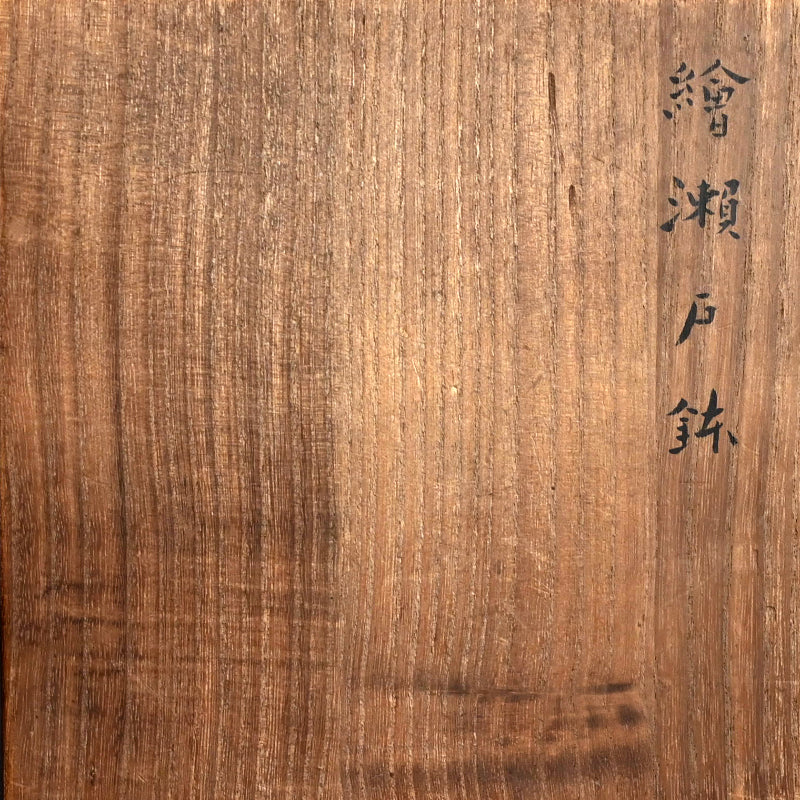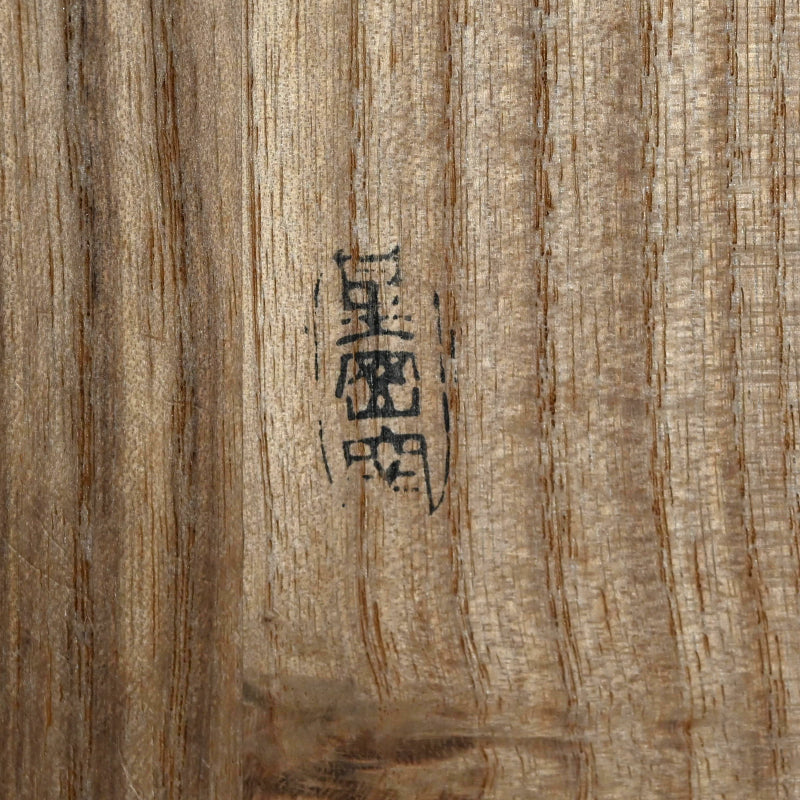Hoshigaoka E-Seto Bowl ー北大路 魯山人 “繪瀬戸鉢”
Hoshigaoka E-Seto Bowl ー北大路 魯山人 “繪瀬戸鉢”
Item Code: MC1453
Couldn't load pickup availability
An elegant squared bowl in pale glaze decorated with iron florals by Kitaoji Rosanjin made for his Hoshigaoka restaurant enclosed in the original wooden box titled E-Seto Hachi and bearing the Hoshigaoka stamp inside. It is 19.5 x 19 x 7.5 cm (8 x 7-1/2 x 3 inches) and is in excellent condition.
Hoshigaoka” refers to the exclusive members-only restaurant once managed by the ceramic artist and polymath Kitaōji Rosanjin, as well as to the Chinese restaurants that later carried on its name. Among these, the most celebrated was Hoshigaoka Saryō, where Rosanjin pursued his vision of harmonizing cuisine and vessels—what he called “the kimono of food.” Rosanjin was a multifaceted artist, active not only in ceramics but also in calligraphy, painting, and gastronomy, all unified by his refined aesthetic sensibility. Founded upon Rosanjin’s unique concept of “the kimono of food,” Hoshigaoka Saryō sought the perfect union of cuisine and vessel. From the early Taishō through the early Shōwa period, Hoshigaoka Saryō stood in Akasaka (today’s Minato Ward, Tokyo), becoming a renowned gathering place for connoisseurs of fine dining.
Kitaoji Rosanjin (1883-1959) They say adversity is the mother of invention, and Rosanjin can be said to epitomize that expression. Born during the tumultuous first half of the Meiji period in the cultural center of Kyoto, he was adopted at age six by a woodblock carver. He showed an early genius for calligraphy, and began his early manhood as a carver of seals and carver/painter of shop signs after a brief apprenticeship to a pharmacy. He also taught calligraphy and bought and sold antiques during these early years. In 1921 he founded what would become the impetus for his life’s work, his first restaurant, the Bishoku club, and followed in 1925 with a restaurant in Tokyo called the Hoshigaoka. Rosanjin began working in ceramics to replace the collection of dishes that was destroyed in the 1923 Kanto Earthquake. He was largely a self-taught artist with a diverse range, beginning with a kiln on his rented property .in Kamakura, and later paying visits for brief apprenticeships to many of the days top artists. He retired to work exclusively on the arts in 1936. Magazine editor, lacquer artist, metal-working and finally store owner in Tokyo’s Ginza, Rosanjin was everywhere at once. He was displayed at the museum of Modern Art in New York in 1954, a rare honor indeed for living artist. Like his contemporary, Kawai Kanjiro, Rosanjin was offered the title of Living National Treasure in 1955 for his work in Oribe pottery, but refused the offer.
Share
